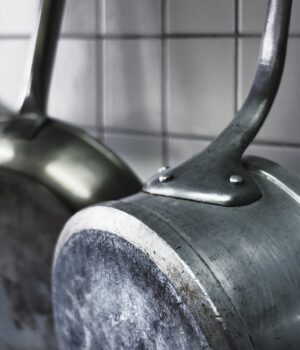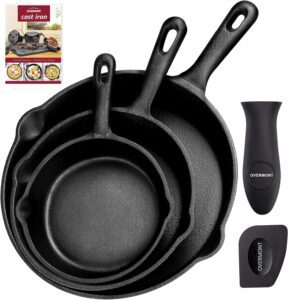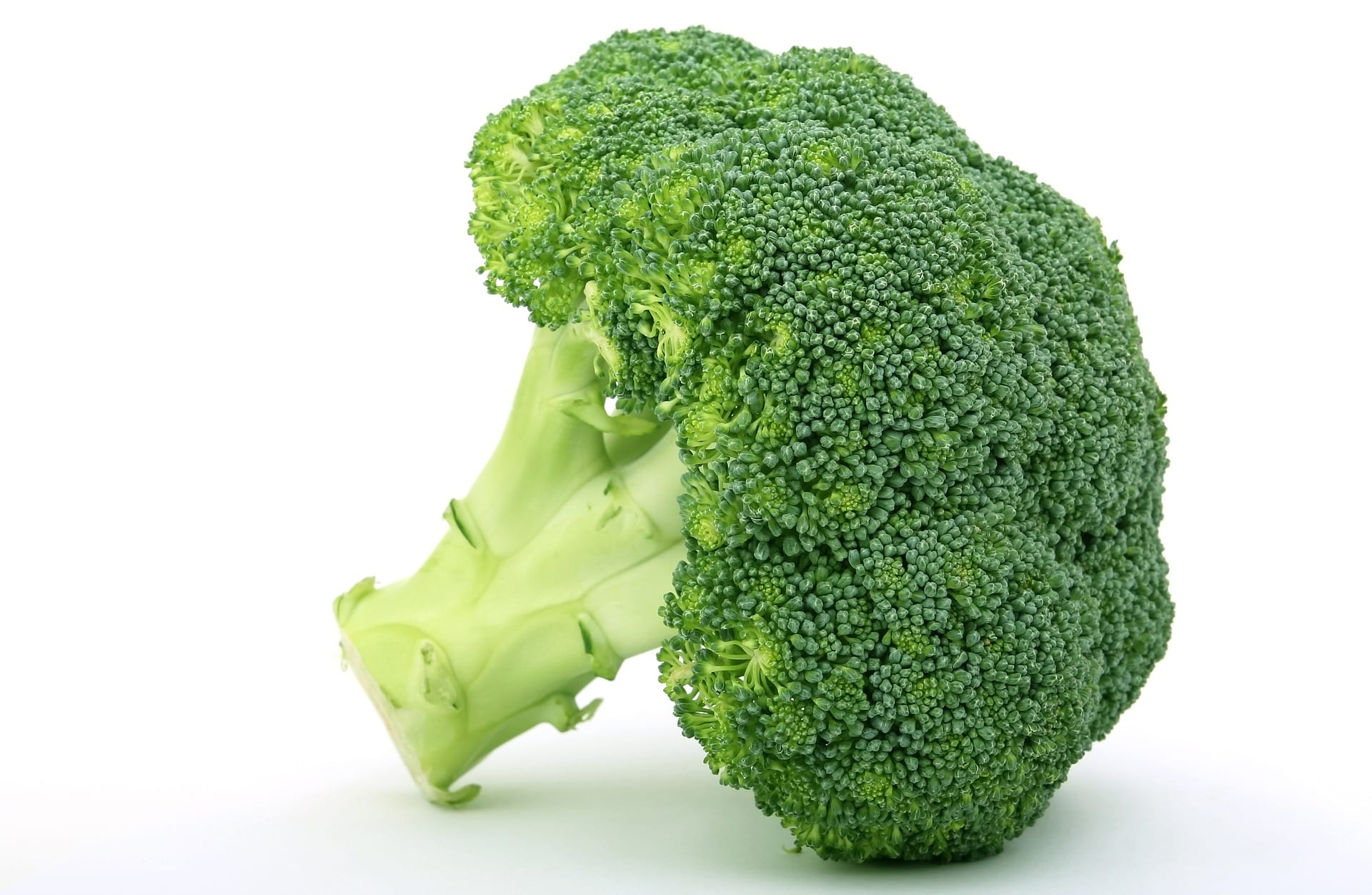Nonstick pan coatings have been the subject of some safety concerns, primarily due to the use of chemicals such as polytetrafluoroethylene (PTFE) and perfluorooctanoic acid (PFOA) in the manufacture of some nonstick coatings. Here are some important considerations:
- PTFE:
- PTFE is the main component of Teflon, a well-known non-stick coating. At very high temperatures, PTFE can give off toxic gases, known as perfluorinated polymers, which can be harmful to birds and in significant quantities can cause polymer smoke syndrome in humans. However, these emissions generally occur at temperatures much higher than those achieved in typical household use.
- PFOA:
- PFOA has been associated with health problems and has been the subject of environmental concern. However, many manufacturers have worked to eliminate or significantly reduce the use of PFOA in nonstick manufacturing. Therefore, many modern pans with non-stick coatings are PFOA-free.
- Safety in Home Use:
- Under normal home use, nonstick pans are safe. It's important to follow the manufacturer's recommendations, which generally include not overheating empty pans and not using metal utensils that could damage the coating.
- Coating Wear:
- Over time, the non-stick coating can wear off. When this happens, particles may be released, and the pans may become less effective. It is advisable to replace pans that show significant wear to avoid inadvertent ingestion of particles.
- Safe Alternatives:
- If there are concerns, safe alternatives such as stainless steel, cast iron or ceramic pans, which do not use PTFE or PFOA, can be considered.
In short, nonstick pans are safe under normal use, but it is essential to follow the manufacturer's recommendations and replace them when necessary. Additionally, choosing safe alternatives can provide peace of mind for those who prefer to avoid certain chemicals in their cookware.








